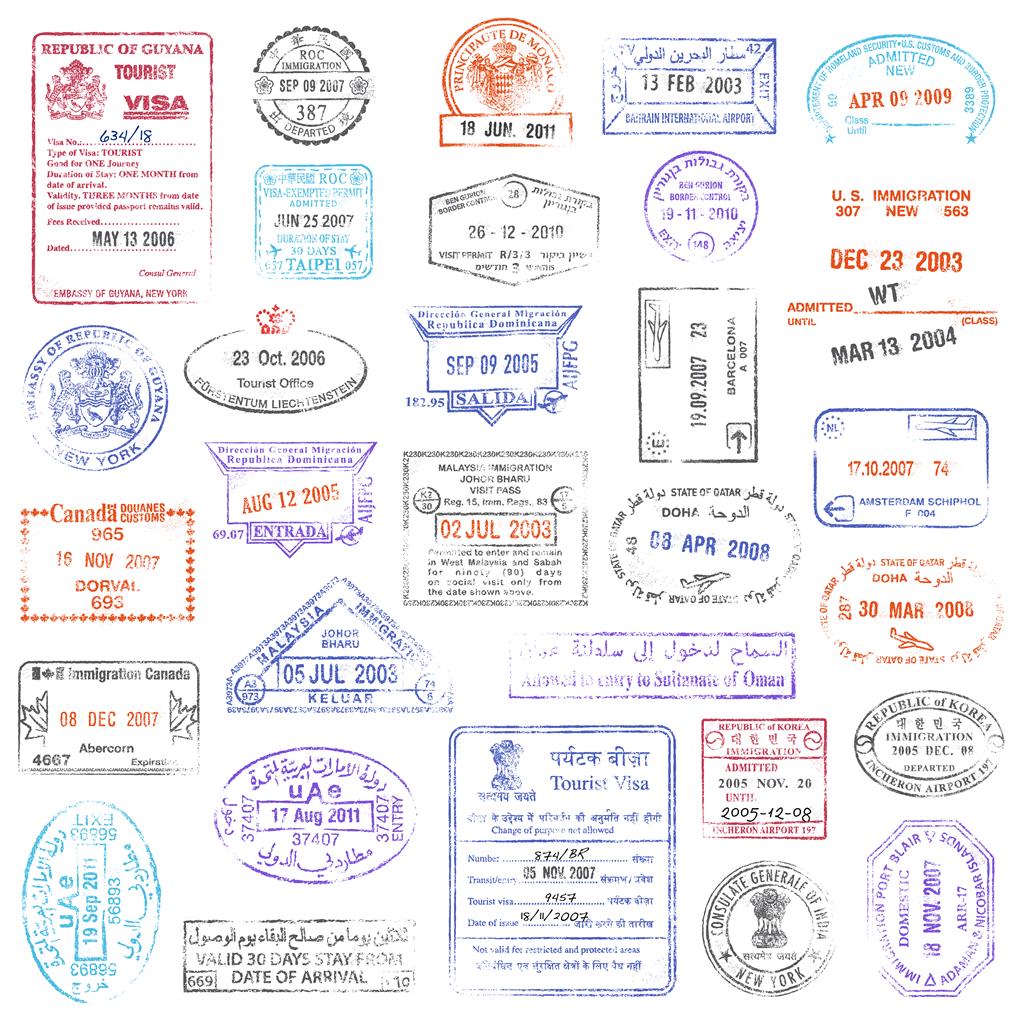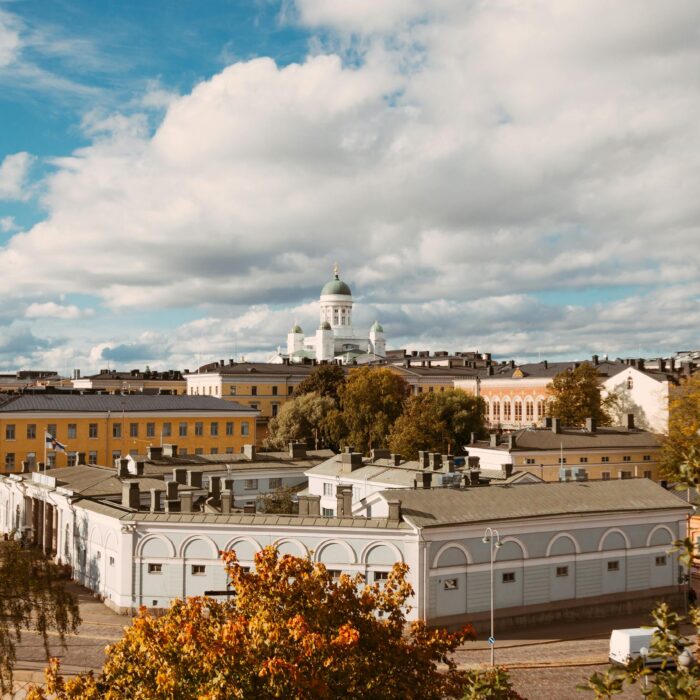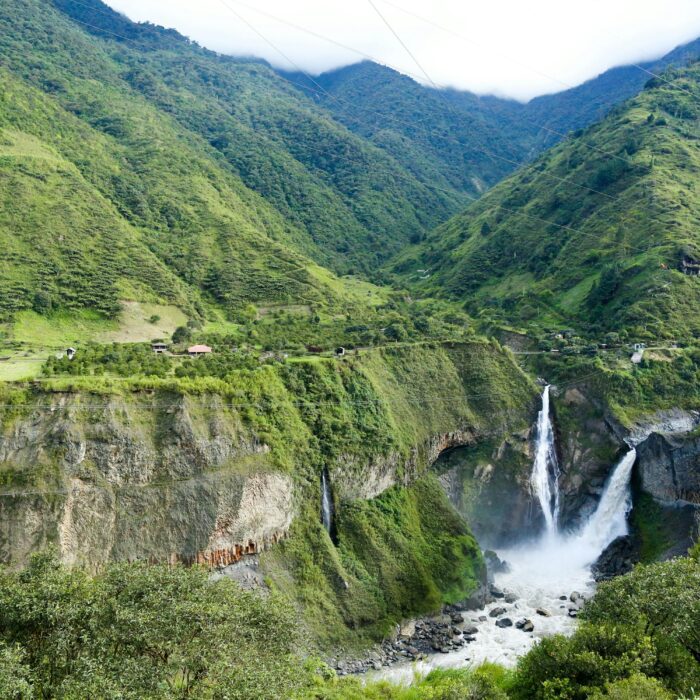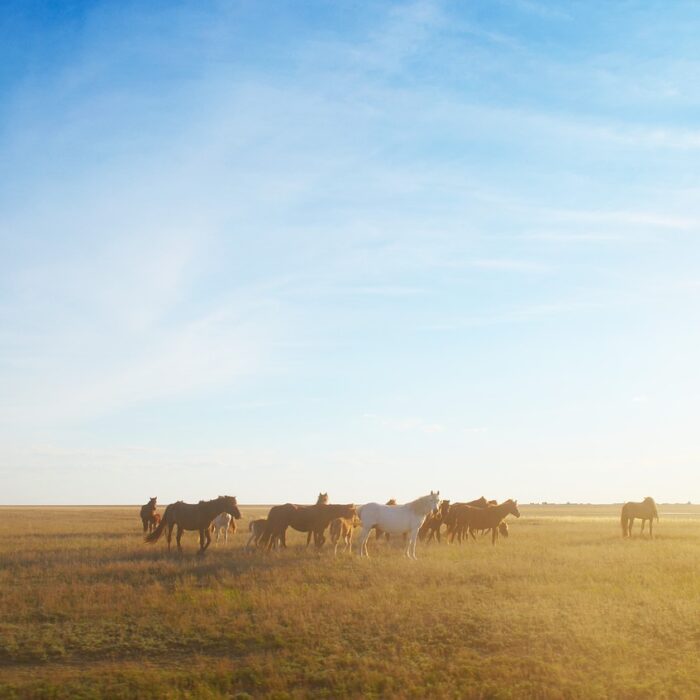Traveling between countries by car typically involves crossing international checkpoints or border control points. This guide explains clearly how to cross borders efficiently and smoothly.
Approaching the Border Checkpoint
At major checkpoints, there are usually separate inspection lanes for trucks and passenger vehicles.
- If you notice a queue of cargo trucks, safely bypass it and join the line behind the nearest passenger vehicle.
Choosing Between Green and Red Corridors
When you approach customs, you’ll often see two types of corridors:
- Red Corridor: Choose this corridor if you:
- Carry items subject to declaration (large sums of cash, valuable goods).
- Transport restricted items (plants, animals, weapons).
- Have goods subject to taxation or require special permissions.
- Green Corridor: Choose this corridor if you:
- Have nothing to declare.
Note: Customs officers retain the right to direct any vehicle to the red corridor for a more detailed check. Even travelers in the green corridor may occasionally be asked to fill out customs declarations.
Priority Lanes for Citizens
At some border checkpoints, citizens of the country may have unofficial priority over foreign travelers, allowing them to bypass vehicles with foreign license plates. In certain locations, dedicated lanes may exist specifically for citizens.

Document Inspection at Border Control
All occupants of the vehicle usually need to show their documents separately:
- Driver’s license (including an International Driving Permit – IDP).
- Passport or national ID.
- Visa (if required).
- Vehicle registration documents.
- Green Card (International Motor Insurance Card).
- Travel health insurance documentation.
- Evidence of financial means (cash or valid credit cards).
Typically, everyone in the vehicle must exit and approach the inspection window on foot. Be prepared for customs officers to request access to your vehicle’s trunk or ask about its contents.
Crossing the Neutral Buffer Zone
After successfully passing the initial border control, you’ll enter a neutral area (no man’s land), usually hosting duty-free shops. Goods here are often cheaper compared to prices within the country.
Entering the Destination Country
After the neutral area, you’ll face another customs checkpoint of the destination country. Traffic usually divides into lanes for:
- Passenger vehicles
- Buses
- Trucks
Follow the signs carefully, as using the wrong lane could cause delays.
- Traffic Lights at Checkpoints: Usually regulate the flow of vehicles, permitting 5-10 vehicles per signal.
- Do not move on a red light, as you will likely be sent back.
At the checkpoint, drivers and passengers must:
- Stop the vehicle and switch off the engine.
- Exit the vehicle.
- Present all required documents to passport and customs officers.
- Answer standard questions about your travel purpose, duration, accommodation reservations, and financial resources.
Successfully Crossing the Border
Once officials return your documents, you are officially in another country. Always familiarize yourself with the local road rules and regulations of the destination country to ensure a smooth driving experience.
Returning to Your Home Country
The return journey follows a similar process. Remember:
- Check the validity of your vehicle insurance carefully; even slight lapses can result in fines.
- If your insurance is close to expiration, proactively notify border guards of your situation.
- For tax-free purchases abroad, ensure you get an appropriate customs stamp or validate your tax-free documents at the border.

Final Tips and Considerations
- Procedures, barriers, and required documents vary significantly depending on the country and even individual border checkpoints.
- Always check specific requirements for each border before travel.
Safe travels! And don’t forget to carry your International Driving Permit (IDP) to cross borders confidently wherever you go.

Published June 30, 2017 • 3m to read





